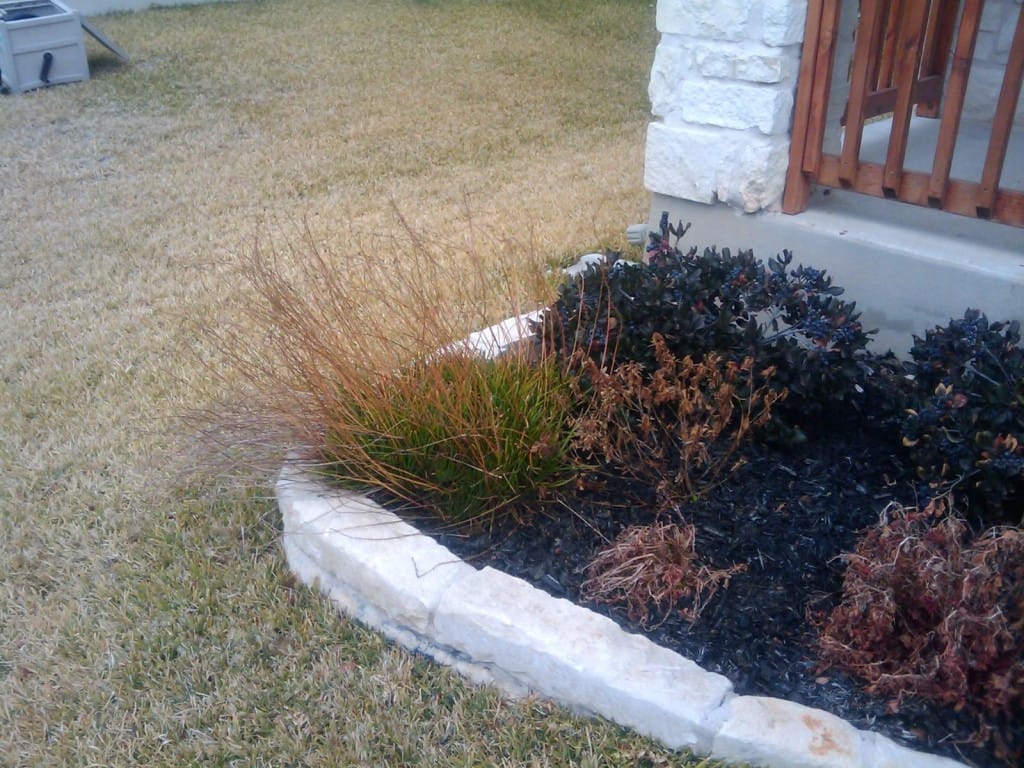Source(s): Gary L Wade
Plants in the landscape cannot talk, but they will let you know when they are sick by the symptoms they express. Wilted or discolored leaves, dying branches and premature leaf drop are just a few of the symptoms of plant stress.
Often plant problems occur when a plant is not able to adapt to the site in which it is planted. For instance, junipers are extremely drought-tolerant once established, but they cannot tolerate poorly drained soils. Shade-loving plants like azalea, rhododendron and hosta often have problems when planted in areas that receive hot, mid-afternoon sun. Forcing plants to grow in harsh or unsuitable sites weakens them and encourages secondary insect and disease infestations.
At other times, plant problems result from poor cultural or management practices. We can literally kill plants with kindness by applying excess quantities of fertilizer or water. Planting too deeply is a common cultural mistake. When plants are set too deeply in the soil, the lower portion of the root system becomes deprived of oxygen and dies. When attempting to diagnose and remedy a plant problem, be a detective and gather all the clues before attempting a cure. Ask yourself these questions:
- What has the recent weather pattern been? Has there been heavy rain or drought?
- Are other plants in the vicinity showing the same problem, or is this just an isolated case?
- What are the soil drainage patterns? Does the soil stay wet for a long period after rain or irrigation?
- What is the light level in the area and is the plant well- suited to the amount of light it receives?
- Has there been a chemical or fertilizer spilled in the vicinity of the plant?
- Have there been any chemicals sprayed on the plant recently?
If you cannot diagnose the problem, seek help from your county extension agent or nurseryman. A sample of a live plant showing the symptoms and a soil sample (of at least 1 pint) taken from around the plant will help these professionals provide an accurate diagnosis of the plant problem. Taking the time to properly diagnose a plant problem before trying a cure will save you time, effort and money.
Resource(s):Care of Ornamental Plants in the Landscape
Center Publication Number: 249
- Starting A Landscape Business - September 23, 2013
- Composting: Feed Your Landscape, Not the Landfill - September 22, 2013
- Boxwoods - September 22, 2013
